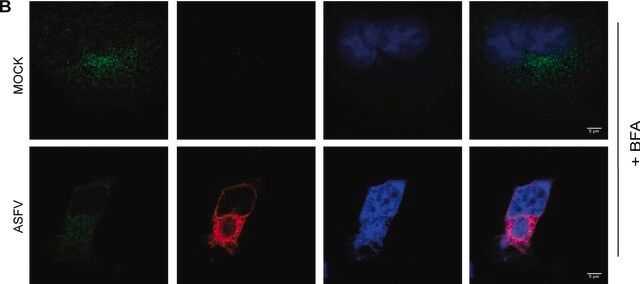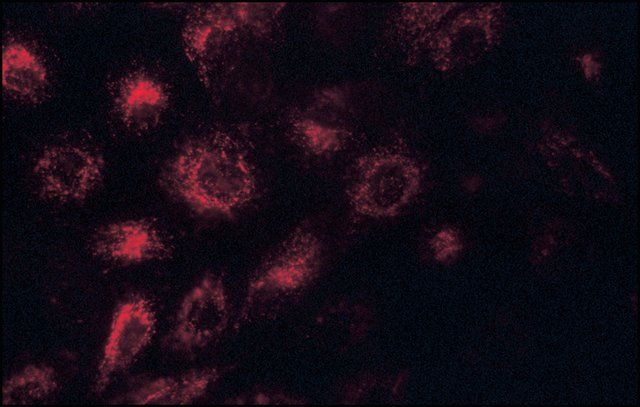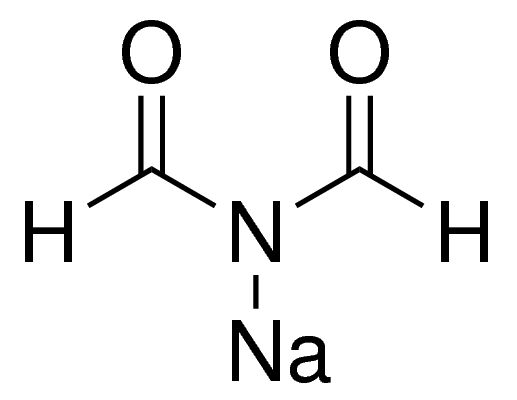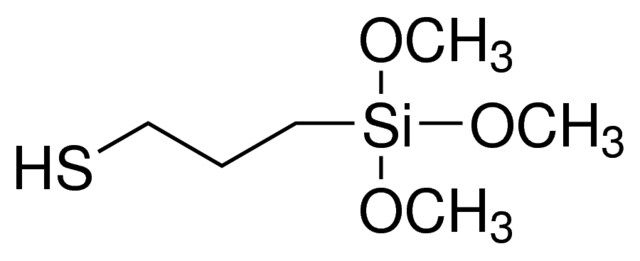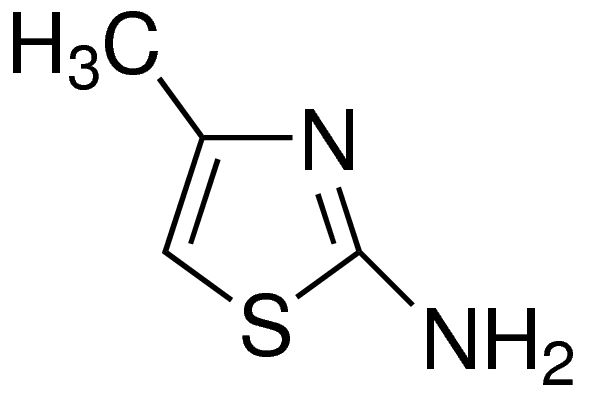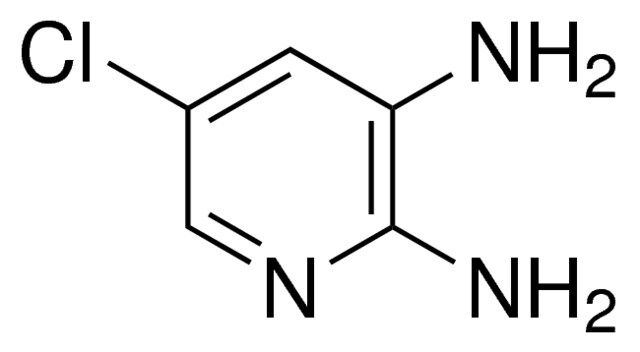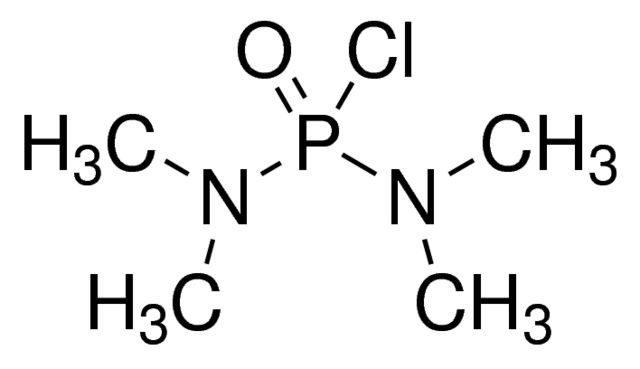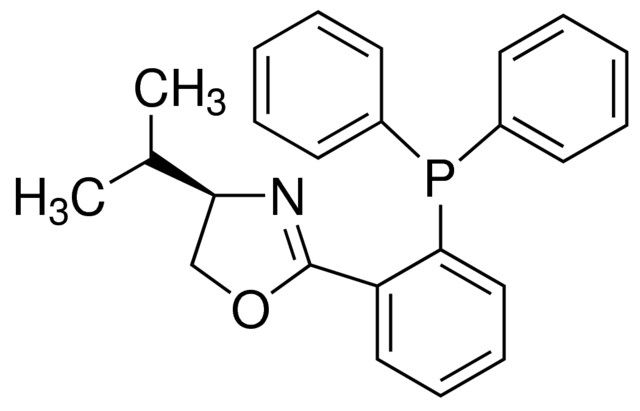产品说明
一般描述
Clathrin-coated vesicle populations contain the adaptor complexes AP-1 and AP-2, also known as HA-I (HA1) adaptor and HA-II (HA2) adaptor or Assemble Protein 1 (AP1) and Assemble Protein 2 (AP2), respectively. Clathrin-coated membranes at or originating from the plasma membrane contain the AP-2 adaptor, while the AP-1 adaptor appears to be largely restricted to clathrin-coated membranes of the trans-Golgi network. Both the Golgi-associated AP-1 adaptor and the plasma-membrane associated AP-2 adaptor are heterotetrameric protein complexes. AP-1 adaptor consists of four subunits termed b1 (formerly b′, 110 kDa), g (100 kDa), m1 (47 kDa), and s1 (20 kDa). b1 and g subunits (b1 and g adaptins) from neuronal sources behave in standard SDS-PAGE like 115 kDa and 104 kDa polypeptides, respectively.
特异性
Mouse monoclonal clone 100/3 anti-g-Adaptin antibody reacts in immunoblotting with the 104 kDa polypeptide of the Golgi adaptor complex AP-1. It reacts with polypeptides of ~100 kDa in bovine liver, human heart fibroblasts, and Madin-Darby bovine kidney cultured cells (MDBK), but not with any components in the 110-115 kDa range from these sources or from neuroblastoma or astrocytes. This suggests that the 110 and 115 kDa polypeptides may be specific variants occurring only in some cell types of brain. The antibody does not recognize the γ-subunit in rodents (rat and mouse).
免疫原
AP-1 adaptor from bovine brain.
应用
Mouse monoclonal anti-gamma-adaptin antibody can be used for western blot (1:100, using bovine brain extract), immunoprecipitation and electron microscopy applications.
Applications in which this antibody has been used successfully, and the associated peer-reviewed papers, are given below.
Immuno-electron microscopy (1 paper)
Immunofluorescence (1 paper)
Immunofluorescence of Hela cells was performed using monoclonal anti-AP1 (clone 100/3) as the primary antibody.
In immunofluorescence using MDBK cells, human heart fibroblasts, and African green monkey kidney cells (Vero), the binding of antibody appears to be largely confined to the trans-Golgi network. The antibody has been used for studies on the effects of Brefeldin A, a substance causing rapid redistribution of coat proteins associated with the clathrin-coated vesicles that bud from the trans-Golgi network. The antibody is also useful for the immunoaffinity purification of the Golgi adaptor complex AP-1.
外形
The product is provided as ascites fluid with 0.1% sodium azide as a preservative.
免责声明
Unless otherwise stated in our catalog or other company documentation accompanying the product(s), our products are intended for research use only and are not to be used for any other purpose, which includes but is not limited to, unauthorized commercial uses, in vitro diagnostic uses, ex vivo or in vivo therapeutic uses or any type of consumption or application to humans or animals.
基本信息
| MDL编号 | MFCD00212879 |
| NACRES | NA.41 |
产品性质
| 质量水平 | 200 |
| 生物来源 | mouse |
| 偶联物 | unconjugated |
| 抗体形式 | ascites fluid |
| antibody product type | primary antibodies |
| 克隆 | 100/3, monoclonal |
| 分子量 | antigen 104 kDa |
| 包含 | 15 mM sodium azide |
| species reactivity | bovine, monkey, human |
| should not react with | mouse, rat |
| technique(s) | electron microscopy: suitable immunoprecipitation (IP): suitable western blot: 1:100 using bovine brain extract |
| 同位素/亚型 | IgG2b |
| UniProt登记号 | O43747 |
| 运输 | dry ice |
| 储存温度 | −20℃ |
| Gene Information | human ... AP1G1(164) mouse ... Ap1g1(11765) rat ... Ap1g1(171494) |
安全信息
| 储存分类代码 | 13 - Non Combustible Solids |
| WGK | WGK 1 |
| 闪点(F) | Not applicable |
| 闪点(C) | Not applicable |

